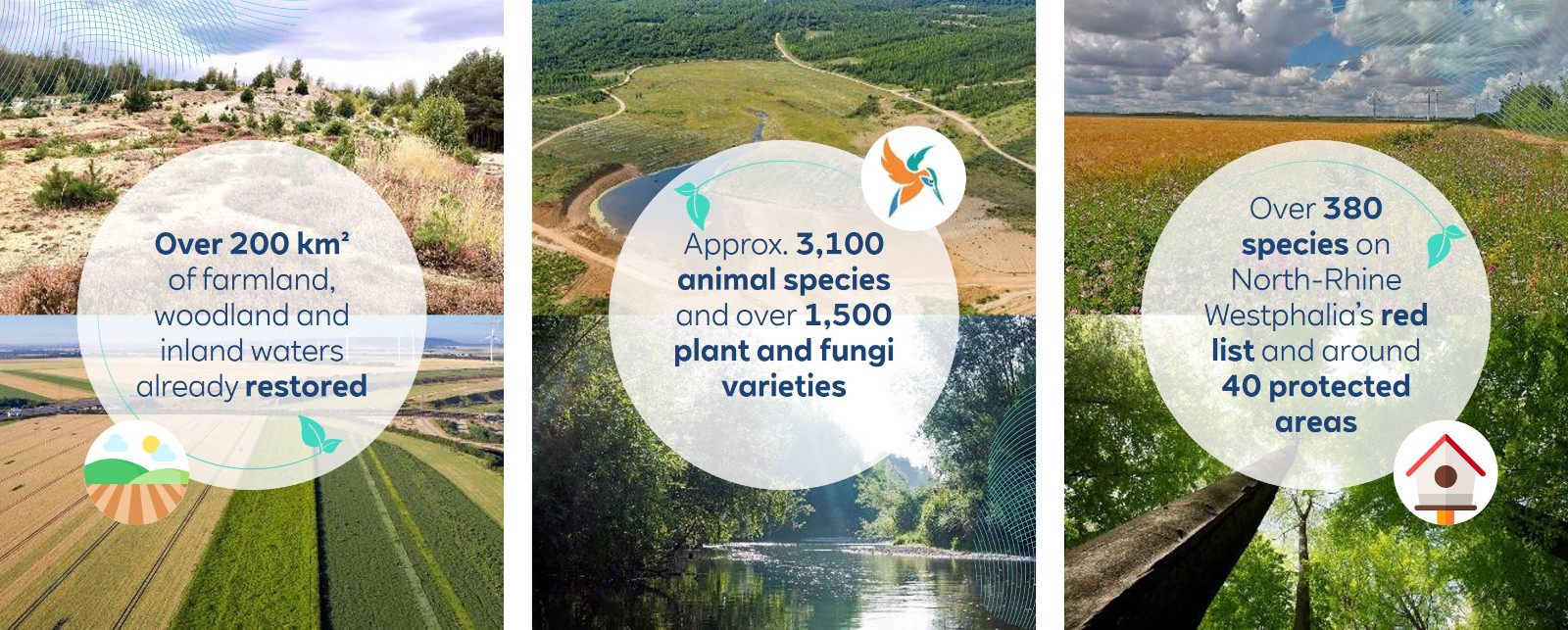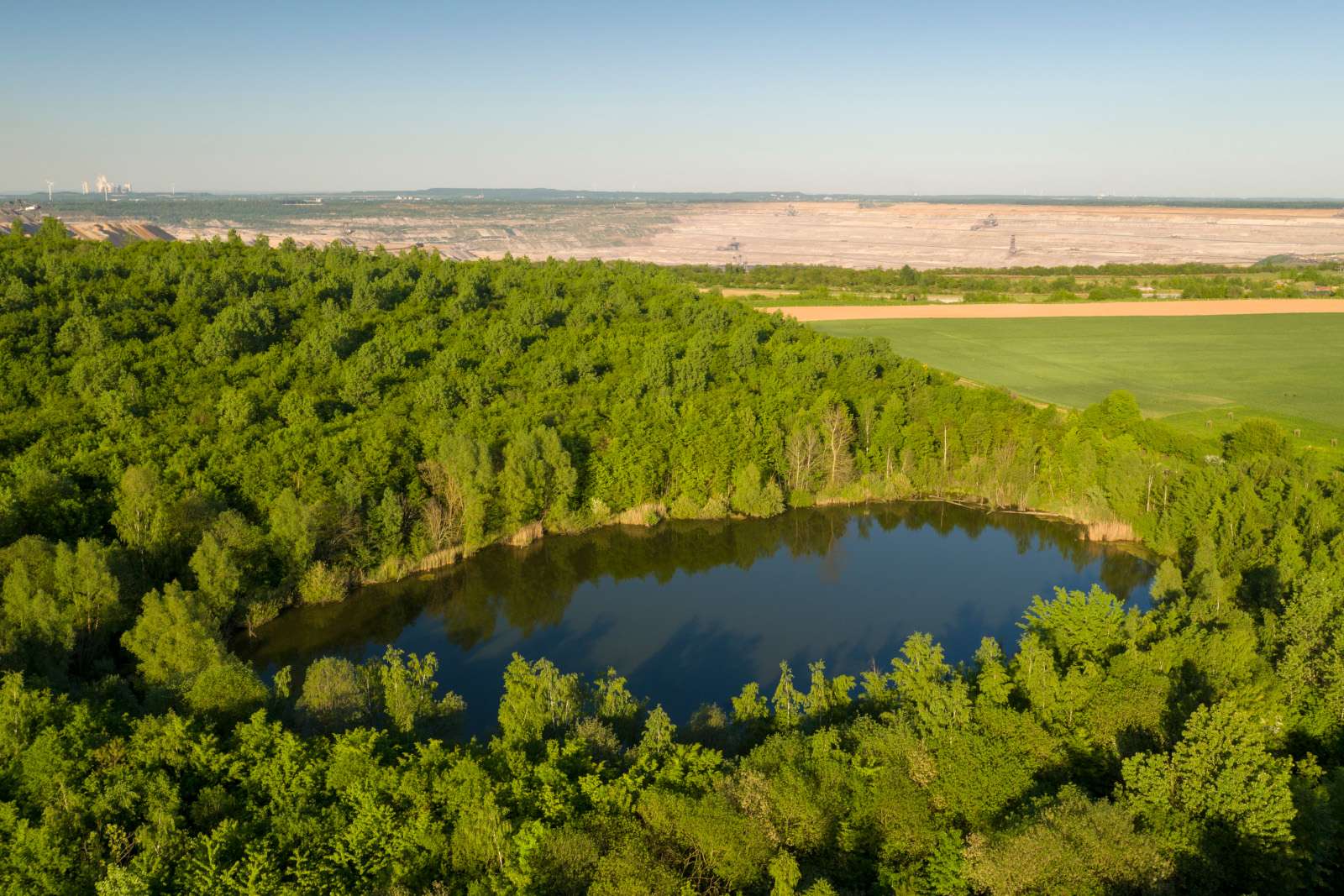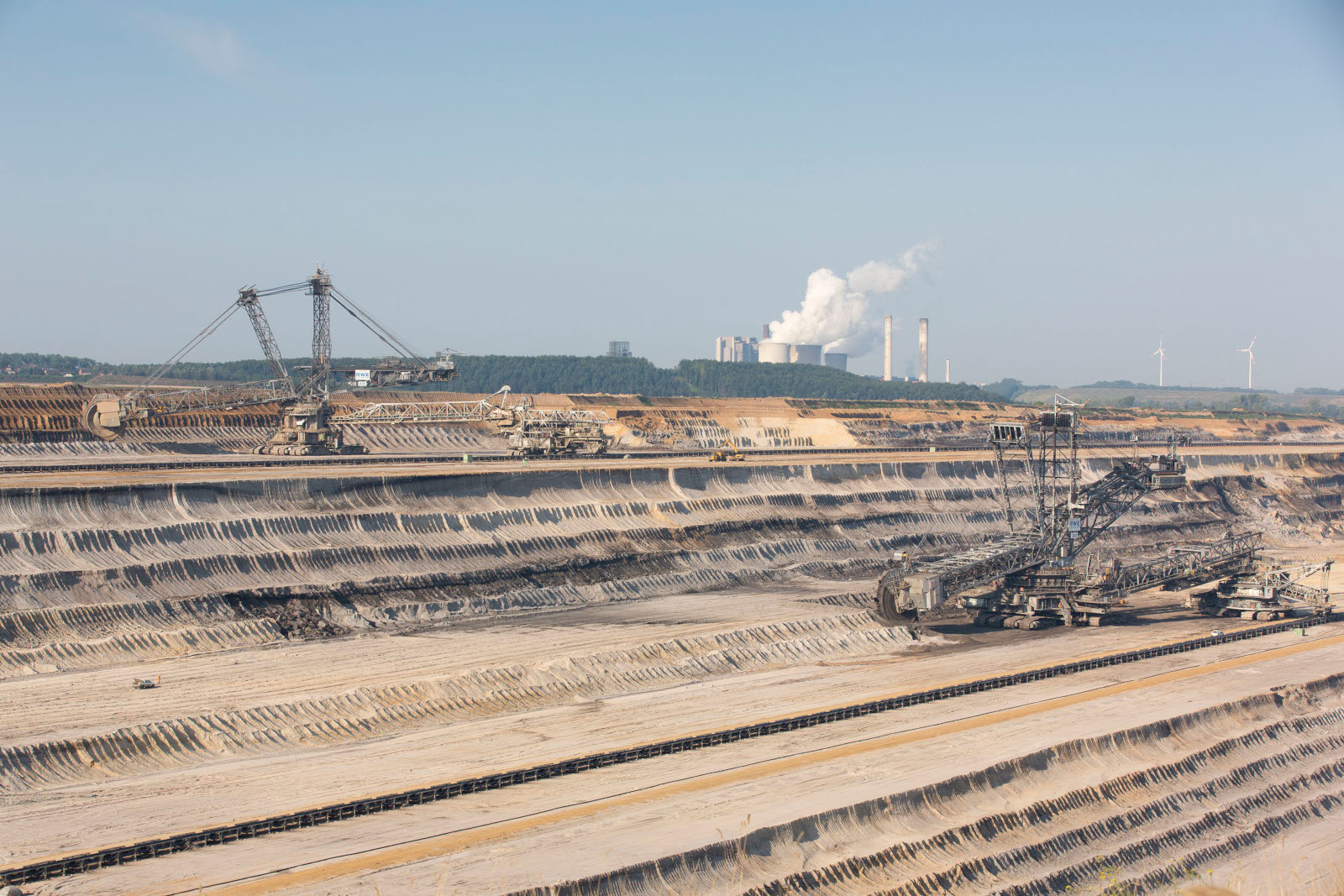What is recultivation?
The rehabilitation of the depleted opencast mines in the Rhenish lignite mining area is referred to as recultivation. In particular, recultivation is about restoration, creating a new cultivated landscape defined by various types of human use, such as agriculture and forestry as well as local recreation. Careful recultivation is important because the new landscape doesn’t merely serve as a temporary replacement and for offsetting, but has to support a variety of sustainable uses over the long term – as a habitat and economic area for many future generations. Thus the goal is to create a sustainable, multifunctional landscape that is suitable for all of the designated uses and takes nature conservation into account.
Recultivation encompasses everything that is necessary to create this new landscape: planning, selecting suitable substrates for the new soils, agricultural management, reforestation, bodies of water, natural developments and much more. Sites of special ecological interest that provide habitats for rare and specialist species have also been created, contributing to biodiversity through recultivation. Here we are actively realising the opportunity to create varied, ecologically valuable areas through our biodiversity strategy to achieve a lasting increase in the region’s biodiversity. Recultivation in the Rhenish mining area is considered exemplary among experts due to the diversity of the site and its richness in species.
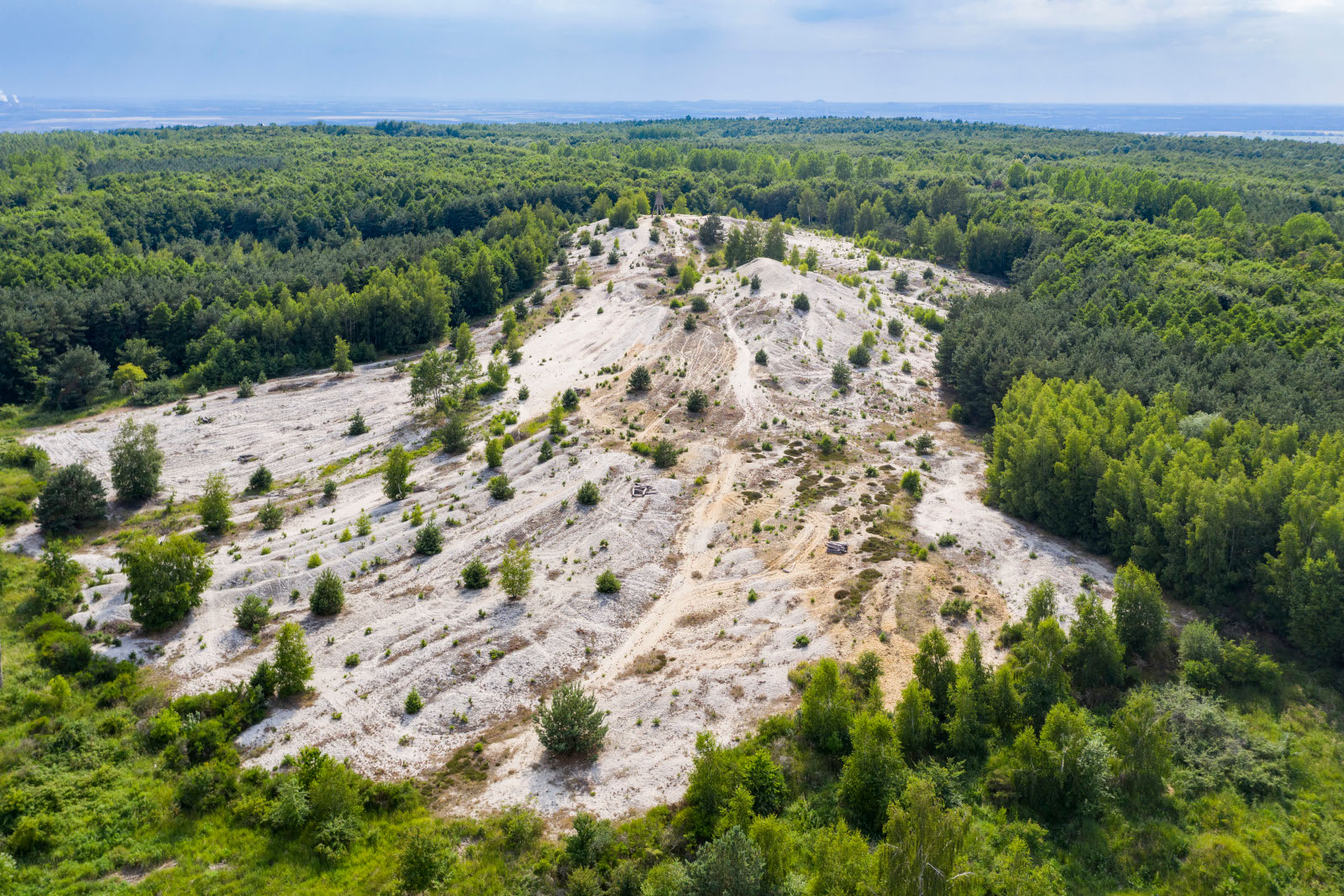
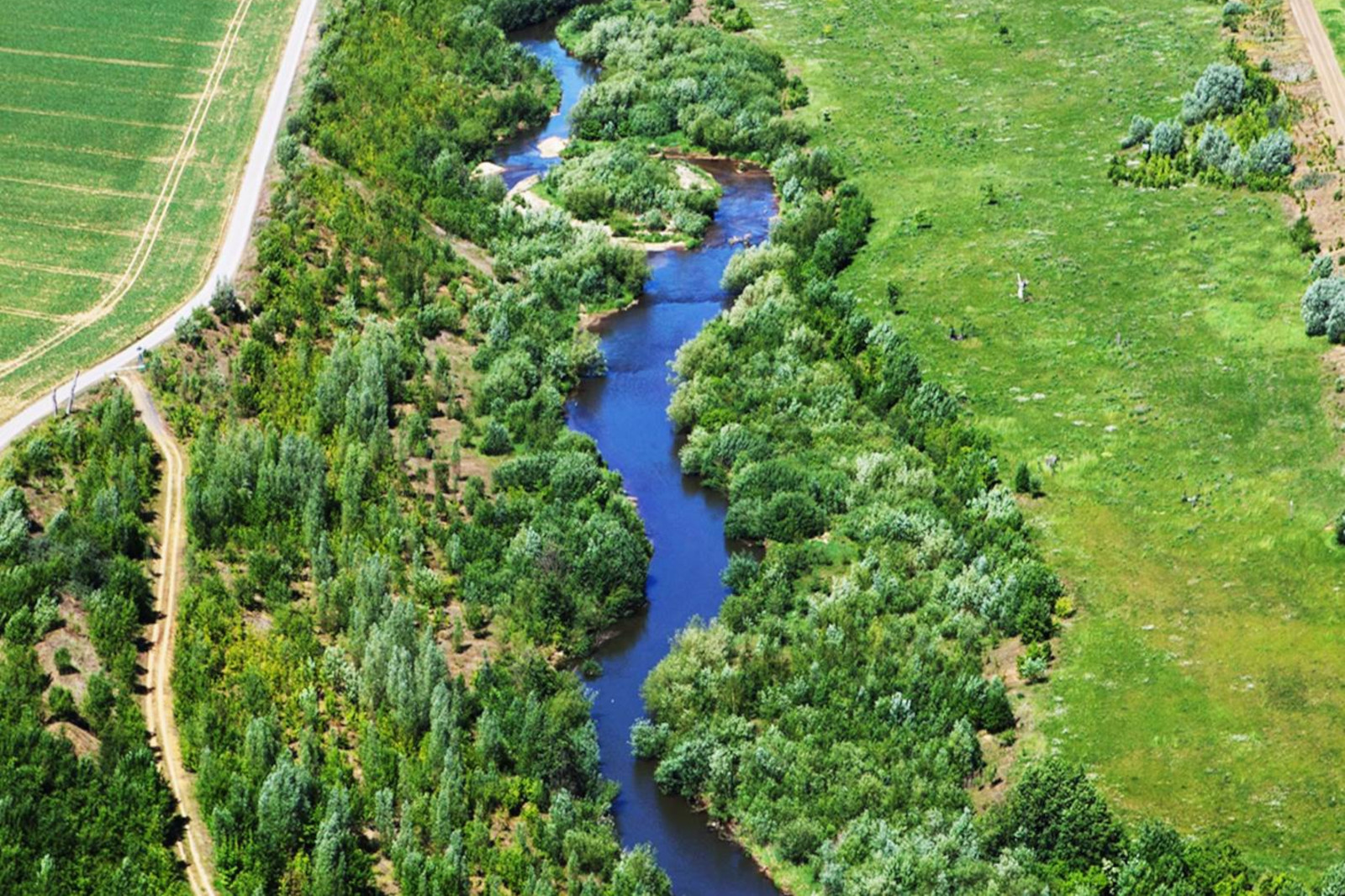
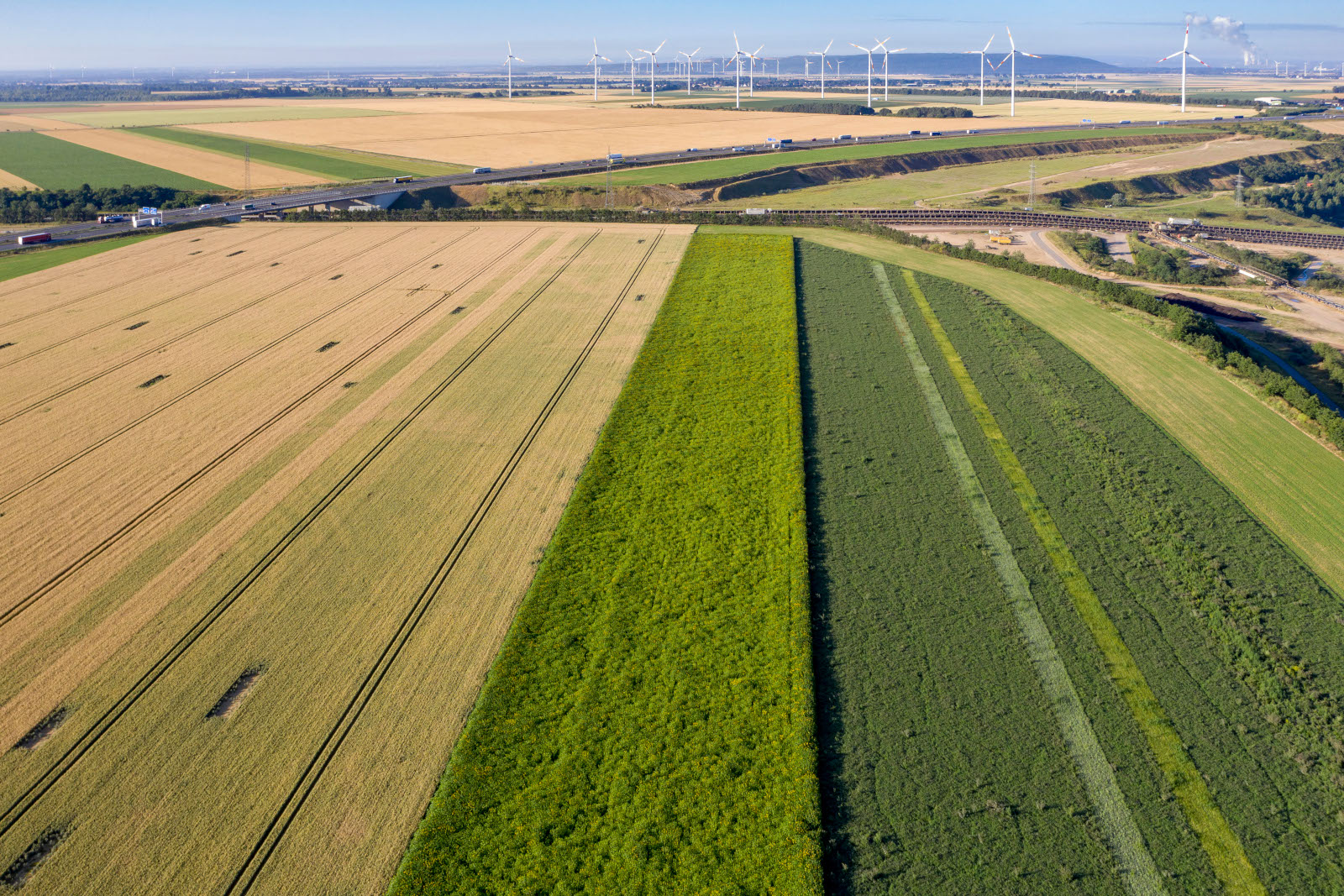
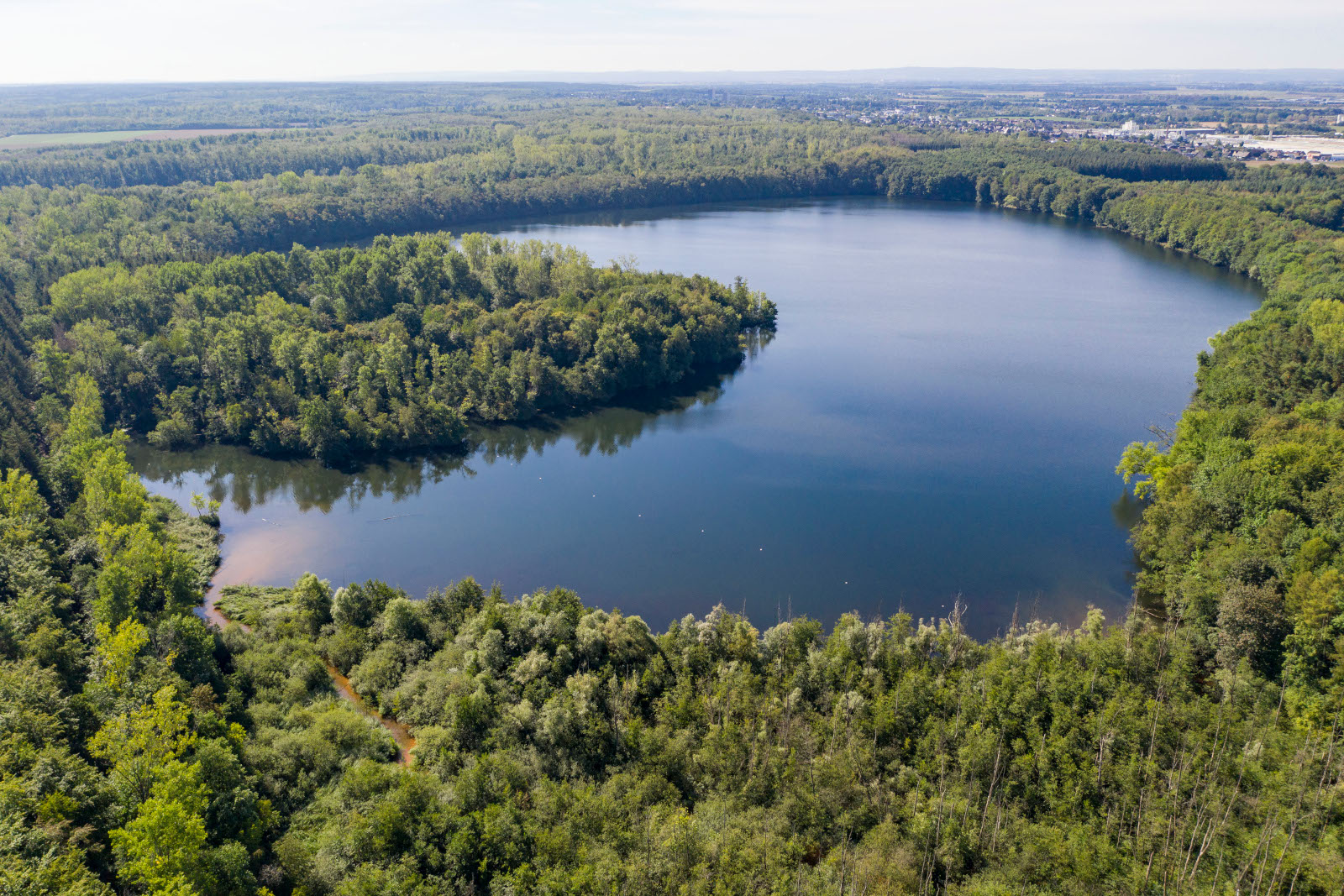
Recultivation in the Rhenish mining area is highly varied, ranging from arable land to forests, lakes and rivers to sites of special ecological interest.
Where is recultivation happening in the Rhenish mining area?
The Rhenish lignite mining area is located on the left bank of the Rhine in the southern Lower Rhine Basin between the cities of Aachen, Cologne and Mönchengladbach. Starting in the south-east between Brühl and Erftstadt-Liblar up to Grevenbroich in the north-west, the Frechen/Berrenrath, Bergheim and Fortuna-Garsdorf opencast mines that have already been recultivated for quite some time are located along this north-south axis, in the former mining centre. The southern mining area with its forests and lakes is one of the oldest recultivated sites. The active Garzweiler opencast mine is located in the far north of this region. In the midst of the Börde region north of Düren, we have the active Hambach opencast mine. The western mining area with the depleted Zukunft opencast mine and the active Inden opencast mine is further west near Weisweiler.
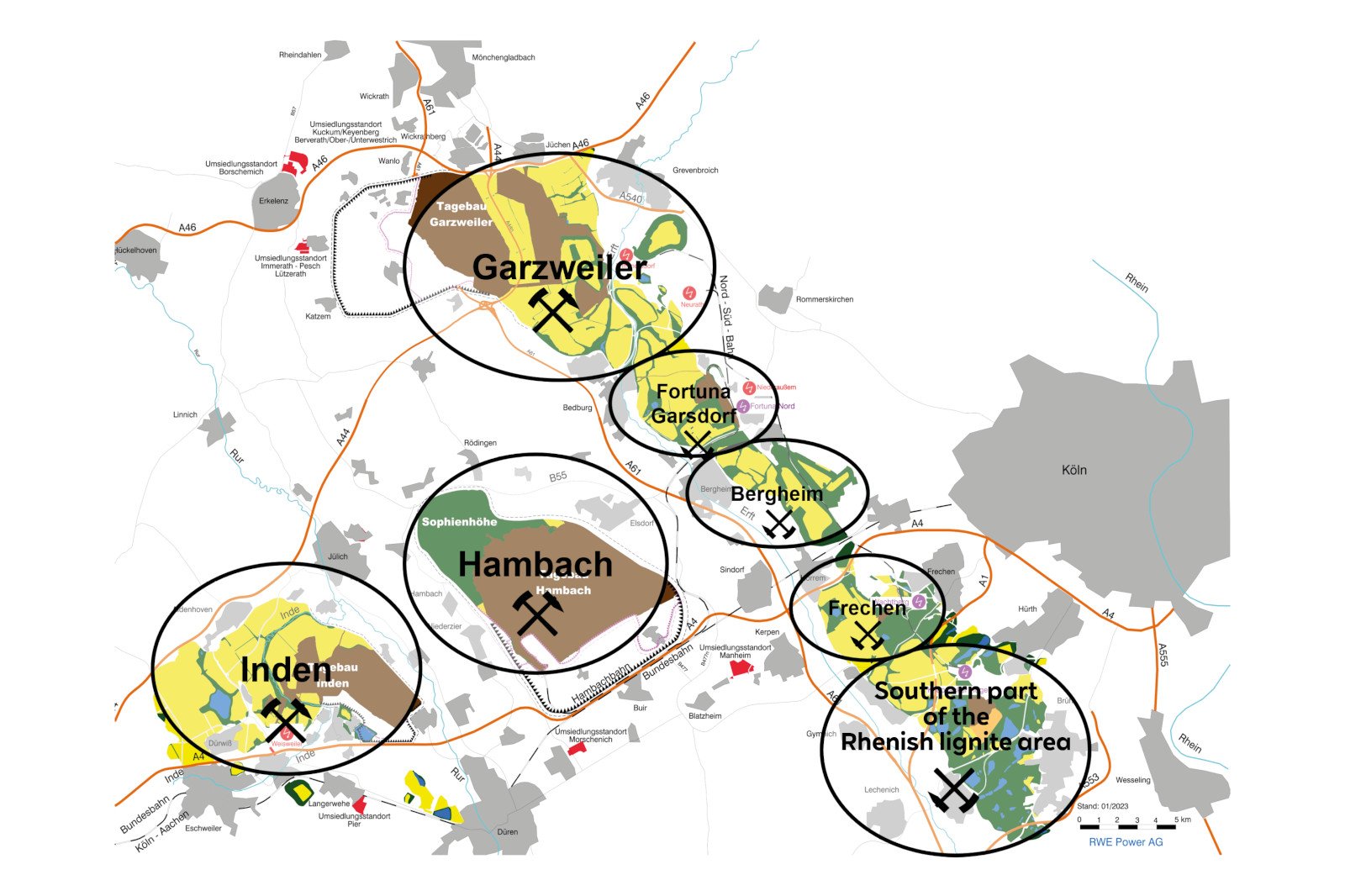
The Bergheim open-cast mine was mainly recultivated for agricultural purposes. Embedded in this arable land, there are also larger green zones along the ditches and wooded areas with lakes and ponds.
The oldest recultivated areas are located in the southern district. A large forest-lake area has developed here, which is of great importance for flora and fauna as well as for local recreation in the region.
In the Fortuna-Garsdorf recultivation area, a large floodplain landscape and various special biotopes characterise the new landscape in addition to the agricultural areas.
The Frechen recultivated area is home to a large green space with various bodies of water embedded in farmland typical for the Börde region. This was a site of special interest during World Youth Day 2005.
The recultivation of the Inden open-cast mine is characterised by its primary use for agriculture. The special features are the bodies of water: the popular Blausteinsee lake and the redirected, natural designed river Inde.
The recultivation of the Hambach open-cast mine is the forested Sophienhöhe. Many special sites such as the Goldene Aue, which are considered biodiversity hotspots, were created on the landmark mountain.
In well as meadows rich in orchids and bodies of water such as Lake Kaster and the Elsbach Valley, the recultivation of the Garzweiler open-cast mine is mainly characterised by agriculture.
